If your Nikon camera is outdated or you want to switch to a crop-factor model, it is necessary to purchase several modern Nikon Z50 lenses for convenient shooting.
Some lenses feature a silent 5-stop focus and advanced image stabilization for on-the-go shooting. Others allow you to take detailed landscape photos with a 5x-7x zoom at 300 meters (984 ft) or more.
The price range of the Z50 lenses varies from $300 to $2700, so you can easily find a lens to fit your budget.
Keep in mind that there is no universal lens for a mirrorless camera with an APS-C matrix. That’s why you should choose your Nikon Z50 lens very attentively and examine all characteristics.
In this list, you will find prime lenses, portrait lenses, zoom lenses, as well as wide-angle lenses. You can easily pair any of such models with your camera and level up your photography games.
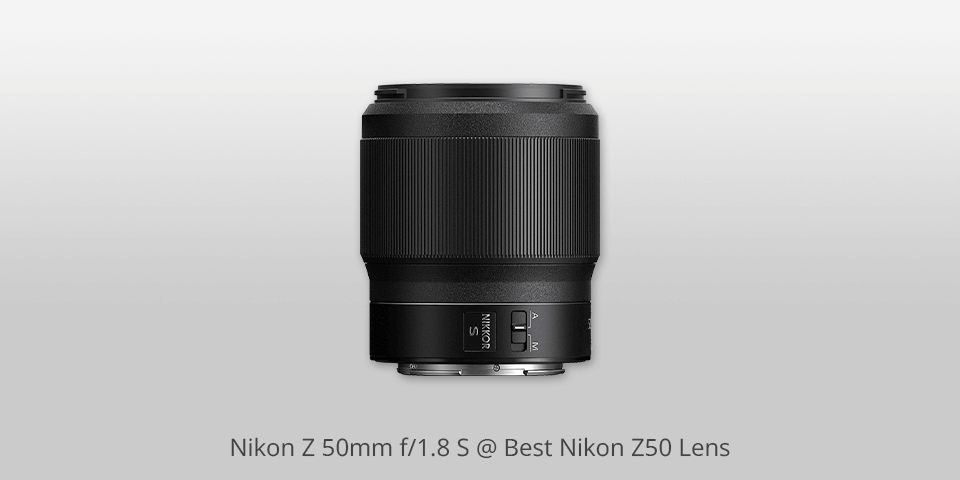
Lens type: normal | Minimum focus distance: 1.5 ft | Viewing angle: 47 degrees | Image stabilization: no | Dimensions: 2.8 x 2.9 in | Optical zoom: N/A (fixed focal length)
This fast prime Nikon Z50 lens is great for portraiture and low-light. It has a wide f/1.8 aperture for a shallow depth of field and excellent low-light performance.
The lens also attracts photographers with a compact and lightweight design. So, you can carry it around without experiencing inconveniences.
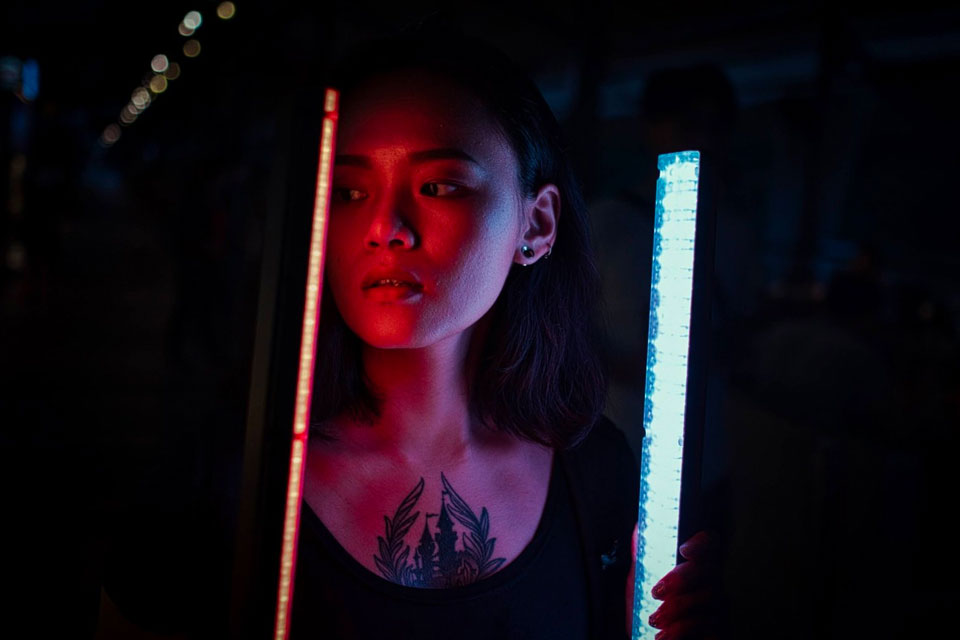
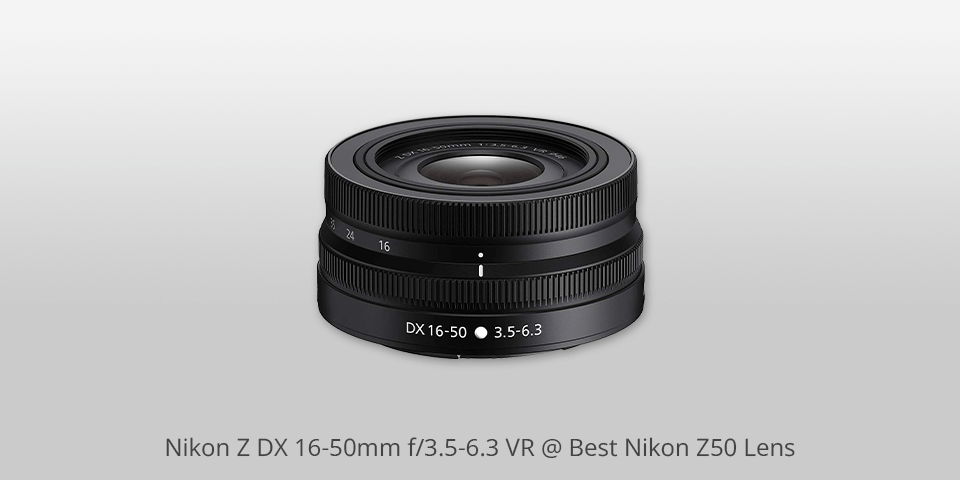
Lens type: wide angle | Minimum focus distance: 0.7 ft | Viewing angle: 83-31 degrees | Image stabilization: yes (VR) | Dimensions: 2.8 x 2.4 in | Optical zoom: 3x
This is a universal Nikon lens for landscape that you can also rely on for everyday photo sessions. It has a wide range of focal lengths from 16mm to 50mm, so you can leverage it for photographing manifold subjects including landscapes, architecture, street scenes, and more.
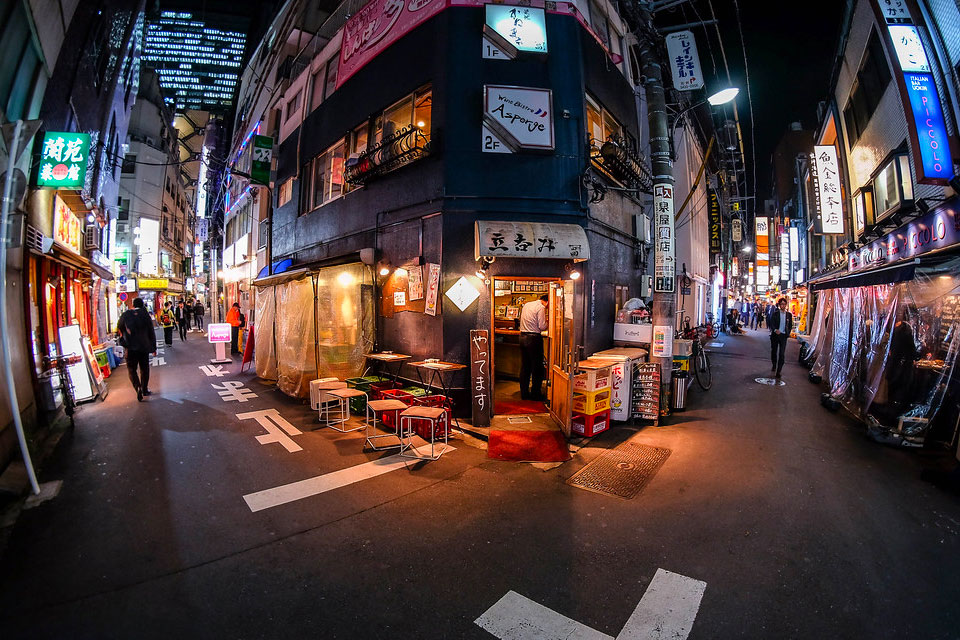
The lens also has a built-in 5-stop image stabilization that reduces blur caused by camera shake. Thus, you should opt for this lens when you need to capture dynamic scenes, e.g., shooting moving subjects.

Lens type: zoom | Minimum focus distance: 3.6 ft | Viewing angle: 46-12 degrees | Image stabilization: yes (VR) | Dimensions: 3.3 x 5.1 in | Optical zoom: 5x
This this Nikon Z50 lens can be used as the second lens for wedding photography due to its focal length range of 50-250mm. With such a wide focal range, you can experiment with framing options.
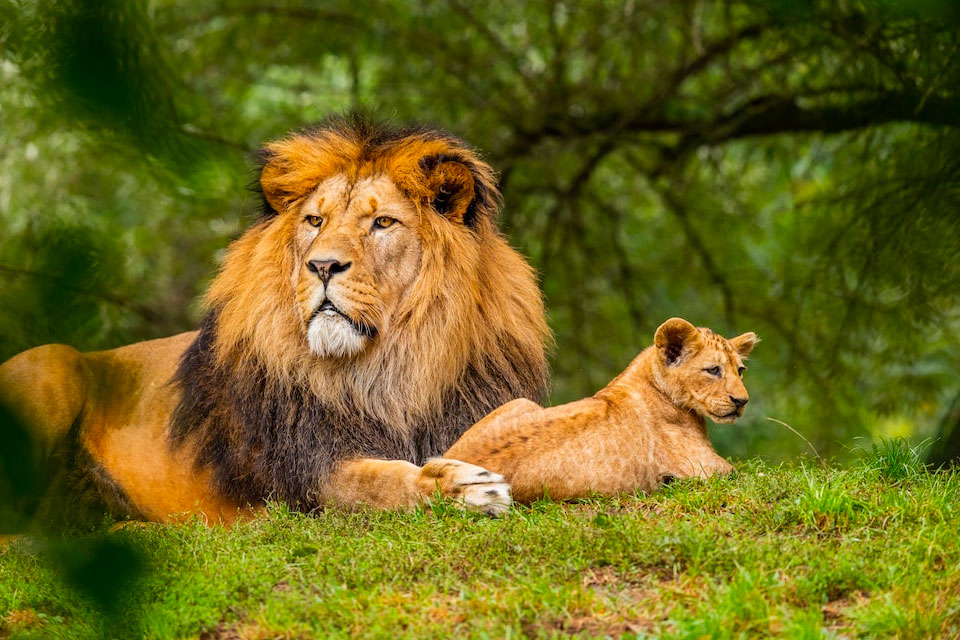
The lens also features a silent control ring and built-in 5-axis VR image stabilization to reduce blur.
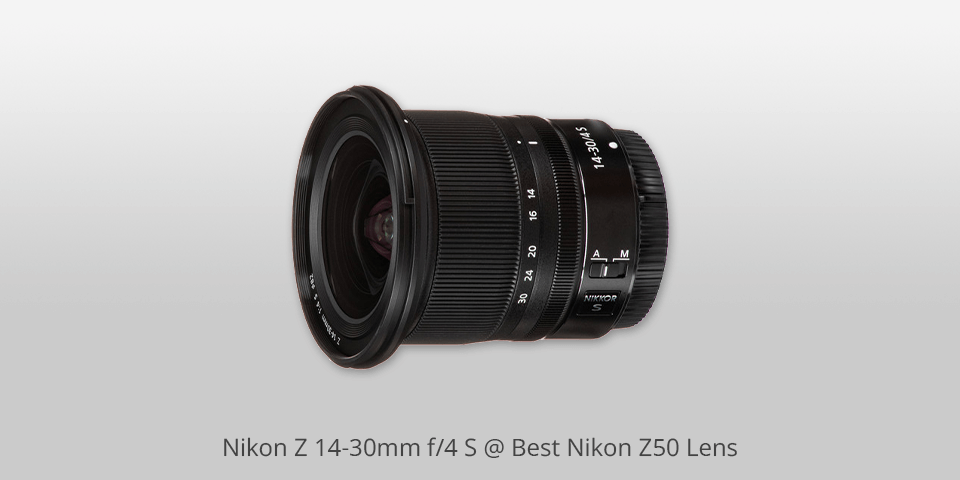
Lens type: wide angle | Minimum focus distance: 0.9 ft | Viewing angle: 114-74 degrees | Image stabilization: no | Dimensions: 3.5 x 4.8 in | Optical zoom: 2.14x
This in one of the best wide-angle Nikon Z50 lenses for landscapes, architecture and similar photography genres. It has a focal length of 14-30mm and a wide field of view, so you can attach it to your mirrorless travel camera and get the most out of this combo.

The lens also has a fast and quiet autofocus system, making it ideal both for videography and photography.
Also, if you specialize in architectural, you will appreciate embedded aberration correction technologies. Therefore, you may not worry about defects and various distortions in your photos.
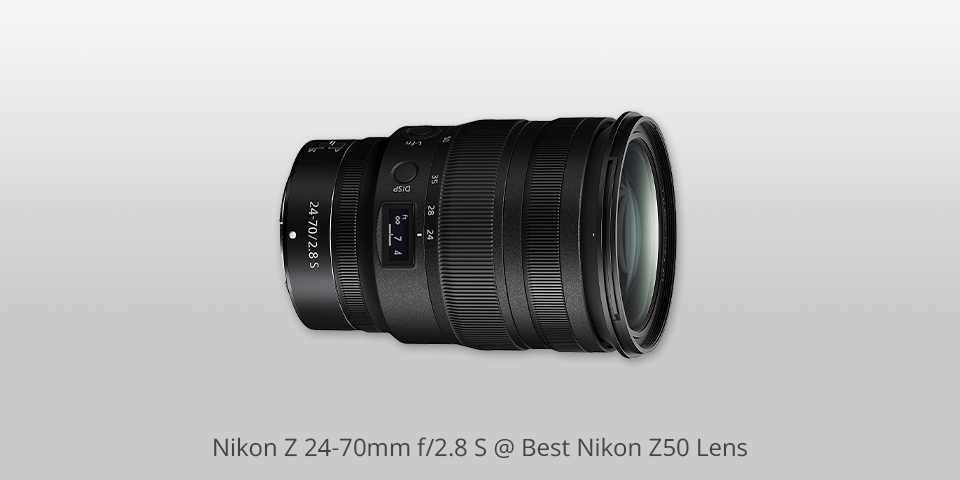
Lens type: wide angle | Minimum focus distance: 1.3 ft | Viewing angle: 84-34 degrees | Image stabilization: no | Dimensions: 3.5 x 4.8 in | Optical zoom: 2.9x
This is a standard zoom lens that is suitable for photographing people, landscapes, and more. It has a 24-70mm focal length range and a wide f/2.8 aperture for shallow depth of field and excellent low-light performance.
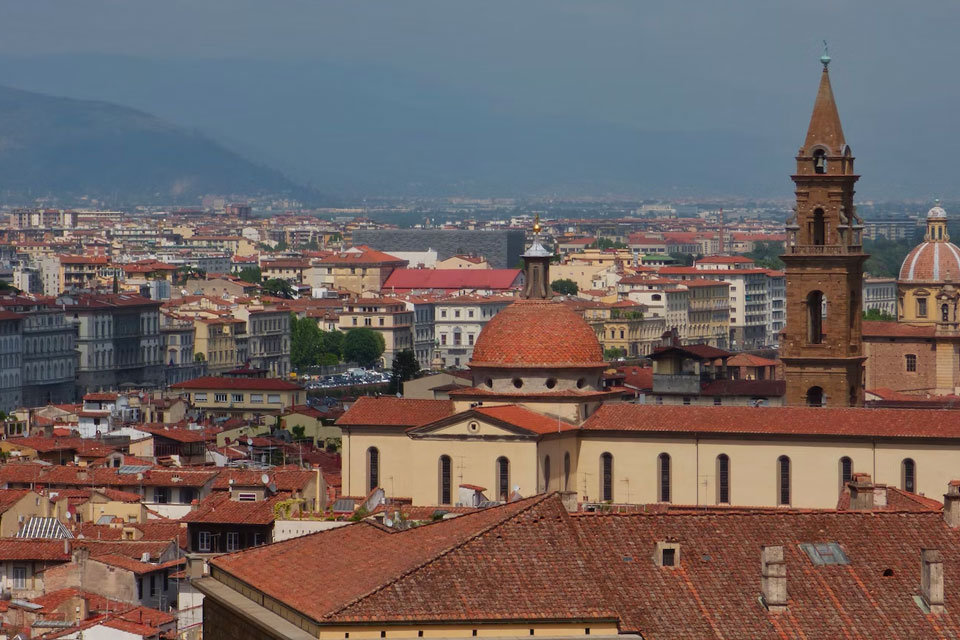
The AF system is quick and noiseless, so you can use this lens both got taking images and recording videos. The highlight of this Nikon Z50 lens is the updated Multi-Focus, consisting of 2 autofocus motors precisely synchronized to ensure fast and accurate focusing.

Lens type: telephoto | Minimum focus distance: 3.6 ft | Viewing angle: 34-12 degrees | Image stabilization: yes (VR) | Dimensions: 3.5 x 7.8 in | Optical zoom: 2.9x
If you are looking for Nikon Z50 compatible lenses for shooting sports, wildlife and similar scenes, this model is sure to impress you. It has a focal length range of 70-200mm and a wide f/2.8 aperture.

Thus, it perfectly copes with dim lighting conditions and offers a shallow depth of field. The lens also has built-in VR image stabilization and noiseless AF.
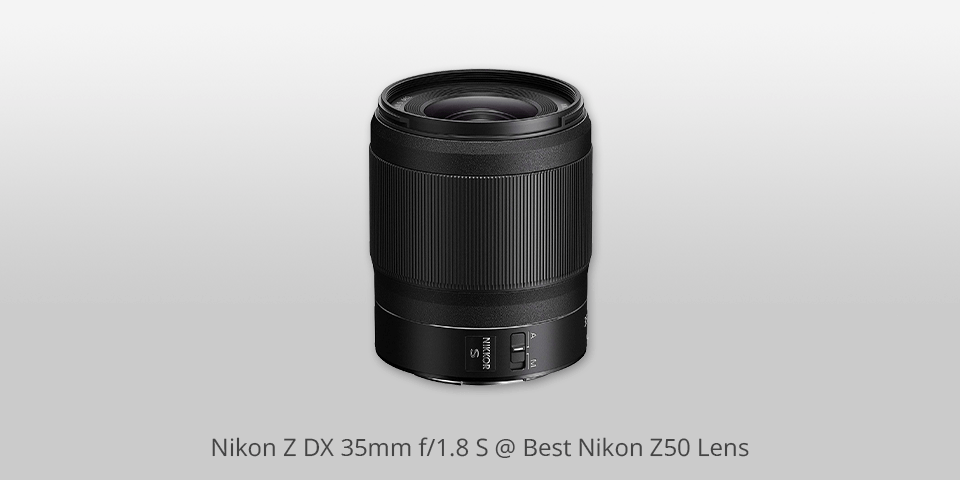
Lens type: normal | Minimum focus distance: 0.8 ft | Viewing angle: 44 degrees| Image stabilization: no | Dimensions: 2.8 x 2.4 in | Optical zoom: N/A (fixed focal length)
This fast prime model is ideal for portraiture and low-light. It has a wide f/1.8 aperture for shallow depth of field. Besides, you can rely on this lens in poorly-lit places.
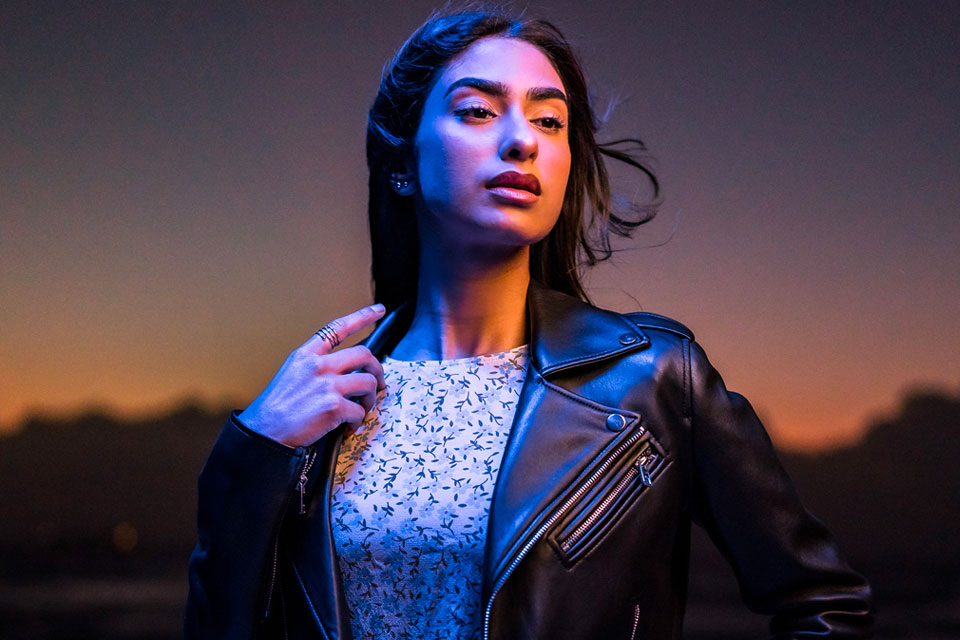
Nikon Z DX 35mm f/1.8 S has a compact design and small weight. So, if you like taking images during trips, you should have a closer look at this model.
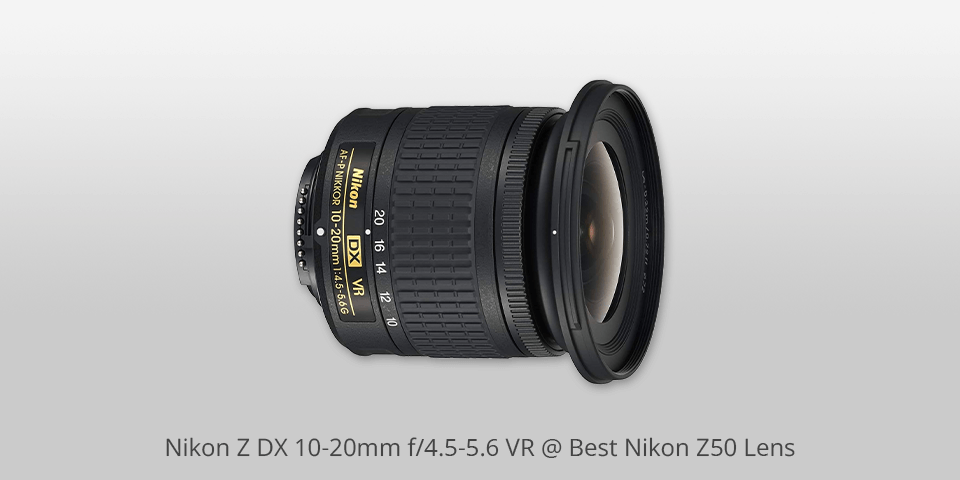
Lens type: wide angle | Minimum focus distance: 0.7 ft | Viewing angle: 109-70 degrees | Image stabilization: yes (VR) | Dimensions: 2.9 x 2.5 in | Optical zoom: 2x
This is the best Nikon Z50 lens for landscape and architecture photography considering its adjustable aperture and a focal length of 10-20mm.
The lens also brags about its built-in spherical aberration and distortion control. An integrated VR image stabilization does wonders when it comes to photographing moving subjects.
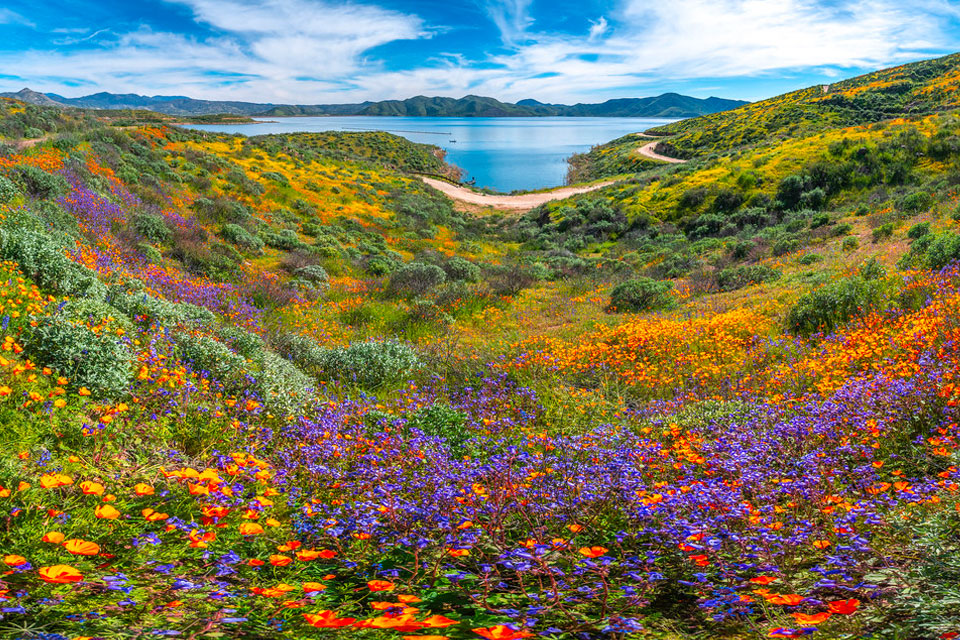
Besides, it will come in handy if you use a camera without a tripod for landscape photography.
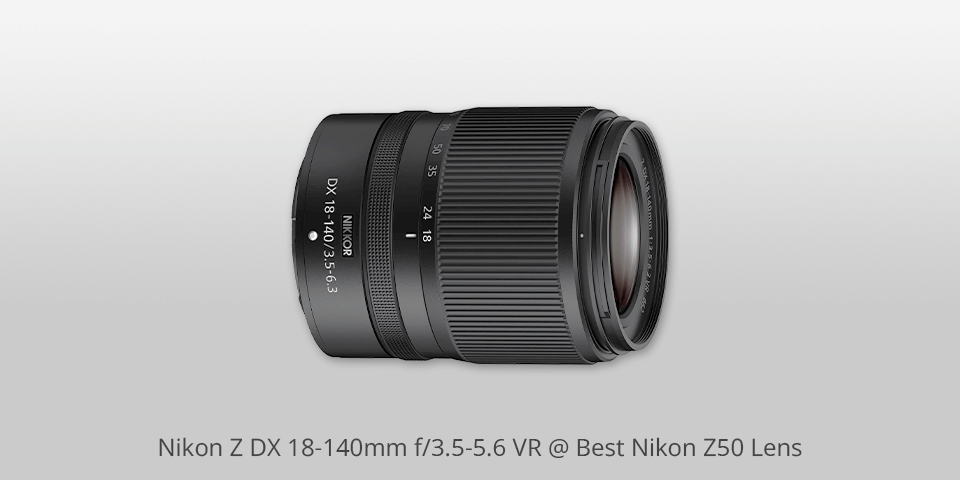
Lens type: telephoto | Minimum focus distance: 1.6 ft | Viewing angle: 76-9 degrees | Image stabilization: yes (VR) | Dimensions: 3.6 x 2.9 in | Optical zoom: 7.8x
This model has varied focal lengths from 18mm to 140mm, so you can use it to capture manifold subjects, including landscapes, animals, etc.
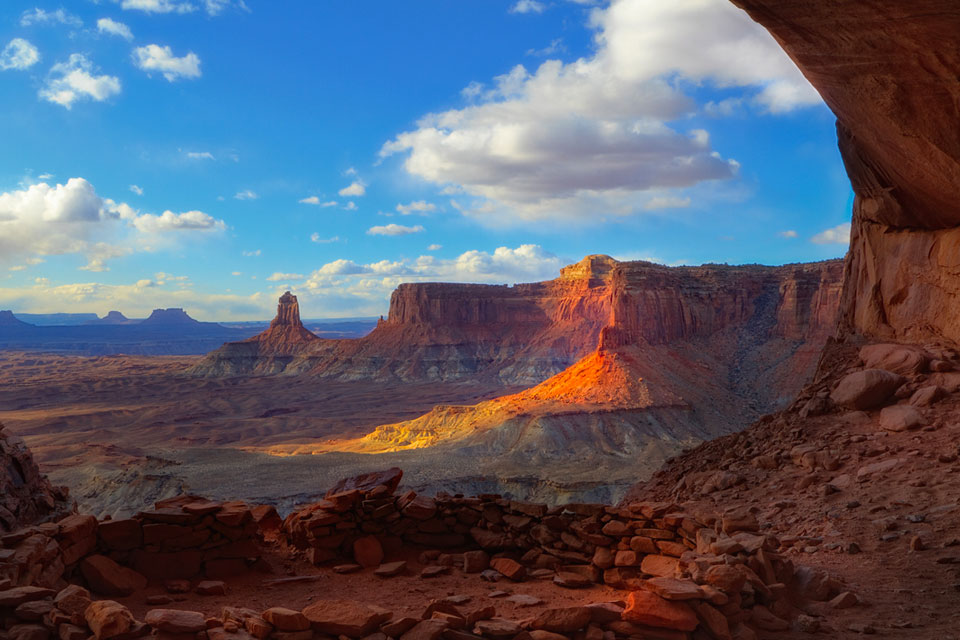
Even if you take images when holding a camera in hands, you can still get crisp photos thanks to profound stabilization. 7.8x zoom is also a wonderful addition, so no wonder the Z DX 18-140mm f/3.5-5.6 VR is among the best Nikon wildlife lenses. Thus, you can take detailed animal photos at a distance of 300m.
| IMAGE | NAME | FEATURES | |
|---|---|---|---|
|
|
Nikon Z 50mm f/1.8 S
OUR CHOICE
|
CHECK PRICE → | |
|
|
Nikon Z DX 18-140mm f/3.5-5.6 VR
BEST ZOOM
|
CHECK PRICE → | |
|
|
Nikon Z DX 16-50mm f/3.5-6.3 VR
LOW PRICE
|
CHECK PRICE → |
Understand your photography aims and needs. If you specialize in portraits and want to pan out in this field, you should prefer a longer focal length and faster aperture. Currently, the most popular variant is Nikon Z 50mm f/1.8 S. In addition to the above-mentioned advantages, it also offers very eye-pleasing bokeh.
In case your main specialization is landscape, you should favor a wide angle of view. The most suitable lens is Nikon Z 14-30mm f/4 S.
Sports and nature photographers usually consider optical zooming features and stabilization mechanisms in the first place. The most fitting option is Nikon Z DX 18-140mm f/3.5-5.6 VR.
Pay attention to focal length range. This parameter determines the magnification and viewing angles of a lens. Models with a shorter focal length such as Nikon Z DX 10-20mm f/4.5-5.6 VR or Nikon Z 14-30mm f/4 S boast a wider viewing angle. They are a go-to option for landscape and architecture.

Lenses with a longer focal length, namely telephoto models, stand out with a narrower angle of view. They are unmatched when it comes to taking close-ups and isolating subjects. Of course, when you choose Nikon Z50 compatible lenses, you should study characteristics carefully.
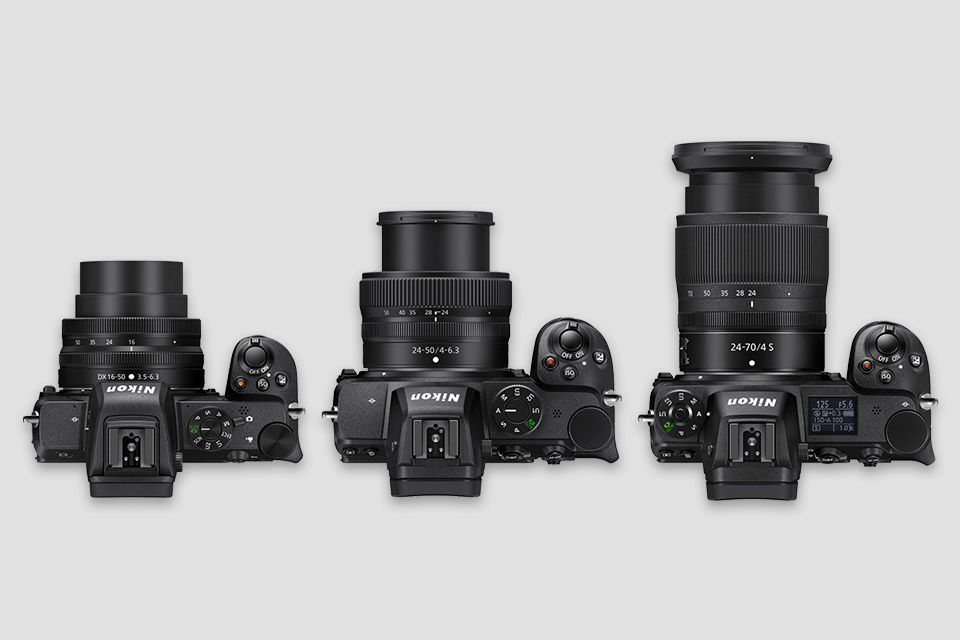
Consider the dimensions and weight. If you frequently take images while traveling, you need to invest in a compact lens. There are lots of great models that aren’t inferior to bulkier lenses in terms of performance and photo quality.
You should choose between 14-30mm f/4 S and 28-75mm f/2.8 lenses. Such lenses are designed with travel photography in mind, although they are somewhat inferior to a telephoto lens. If you purchase both lenses, you can cover the 14-75mm range and have a reasonable aperture for low-light scenarios.
Nikon Z 50mm f/1.8 S has a 50mm fixed focal length and is considered a wonderful lens for capturing intimate moments both indoors and outdoors.
Image stabilization is definitely an important feature and it is absolutely indispensable if you often take photos without a tripod. IS compensates for camera shakes, so your photos end up crisp and detailed even if you worked in scarcely illuminated places and at longer focal distances.